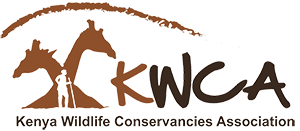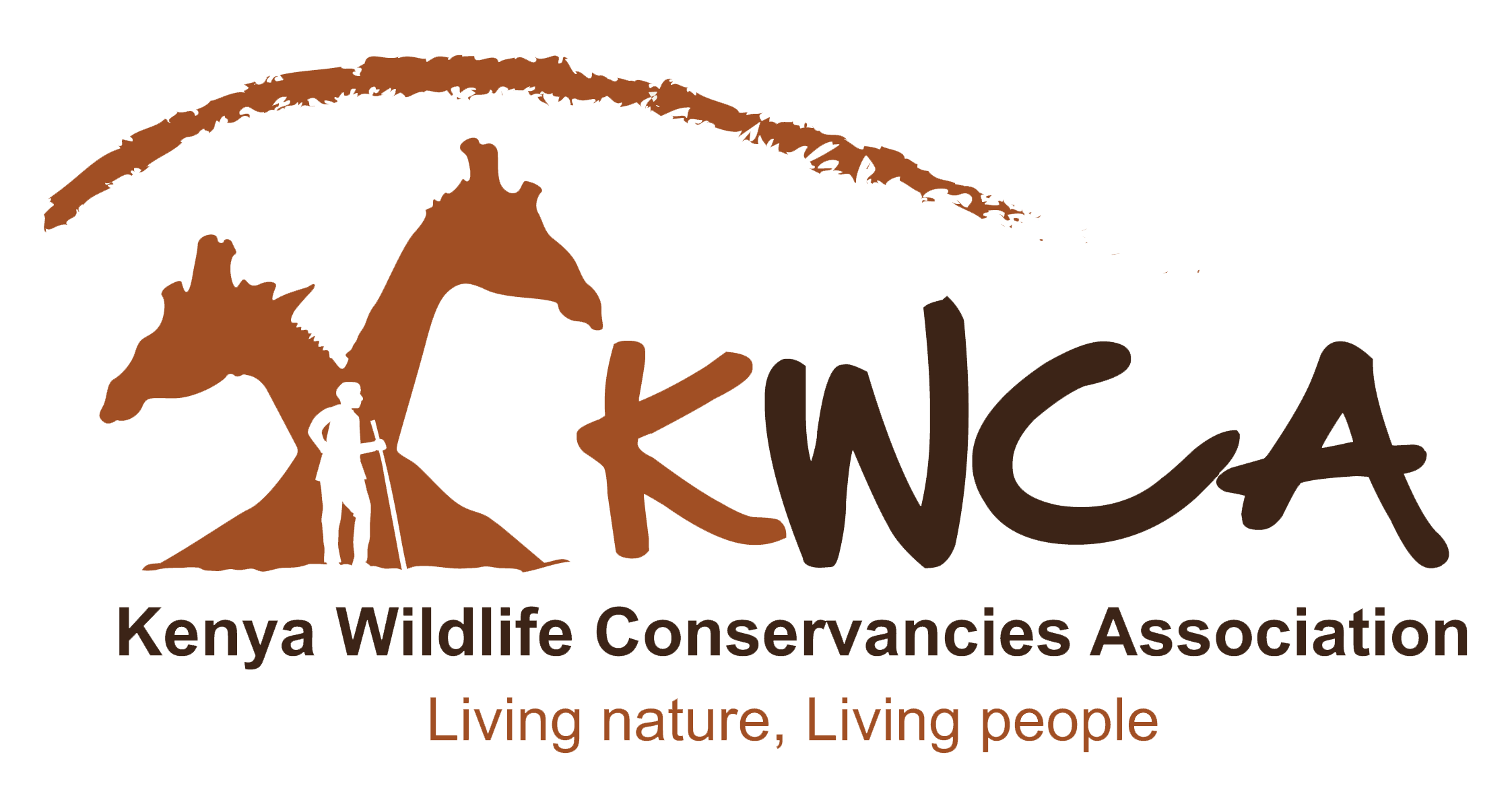Consultancy Opportunity: End of Project Evaluation
INTRODUCTION
All GEF SGP financed projects are required to undergo an end-of-project evaluation upon completion of implementation. Kenya Wildlife Conservancies Association (KWCA) a national umbrella body for community and private conservancies in Kenya, and Baringo County Conservancies Association (BCCA) the umbrella body for conservancies in Baringo county are jointly seeking to engage a consultant to undertake the end of project evaluation for KWCA, BCCA and 3 conservancies adjacent to L. Bogoria National Reserve.
KWCA & BCCA have been working together to support Baringo County Conservancies in strengthening their coordination capacity at county level and promote conservancies as a means of addressing conservation and livelihoods challenges. The SGP UNDP funding was also awarded to 3 community conservancies adjacent to lake Bogoria to address site specific challenges. The conservancies supported include;
- Irong Community Conservancy newly discovered archaeological site and geopark, is a community conservancy with a forest set aside for conservation that sits atop a hill. It covers five Location namely Kapkuikui, Loboi, Kamar and Kaibosoi, in Mochongoi and Emining wards in Marigat and Mogotio Sub- counties the conservancy lies on 400ha of land and was established in 2009.
- Chuine Community Conservancy covers 1,800ha and is situated in the North Eastern part of Sandai Location within Lake Bogoria landscape in Marigat sub-county. It neighbours Ilchamus, Kiserian, Chebinyiny and Arabal locations. The conservation area falls under Sandai wooded grassland whose importance include grassland for livestock and wildlife grazing,wildlife corridor and breeding area, medicinal & cultural value. According to a 2009 biodiversity survey on spatial variation in value of ecosystem services, Chuine rates second after Lake Bogoria National Reserve.
- Kiborgoch Community Wildlife & Wetland Conservancy has within its landscape a wetland and dry land. Located at Loboi, Kapkuikui and Sandai locations of Mochongoi ward in Marigat Sub-County Baringo County, the conservancy is situated at 1 Km away from Lake Bogoria National Game Reserve and meters away from Lake Bogoria Spa Resort. The conservancy covers 2,880ha and was established in 2015.
These Terms of Reference (TOR) therefore set out the expectations for the end of project evaluation for the 4 institutions with the projects titled;
- KWCA: Securing Biodiversity and Community Livelihoods through Strengthening Community Conservancies adjacent to L. Bogoria project
- BCCA: Strengthening the governance structures & enhancing advocacy roles of BCCA & member conservancies within Baringo county
- Irong Conservancy: To enhance Greater Kudus corridors and niches to minimise human wildlife conflict within Irong community conservancy.
- Kiborgoch Community Wildlife & Wetland Conservancy: Conservation of wetland and afforestation for environmental sustainability and improved community livelihoods in Kiborgoch Conservancy, Lake Bogoria Landscape
- Chuine Wildlife Conservancy: Restoration of sandai grass and acacia species
OBJECTIVE AND SCOPE
The objectives of the evaluation are to assess the achievement of project results, and to draw lessons that can both improve the sustainability of benefits from this project, and aid in the overall enhancement of GEF SGP programming.
Evaluation approach and method.
The evaluator is expected to frame the evaluation effort using the criteria of relevance, effectiveness, efficiency, sustainability, and results, as explained below.
The evaluation must provide evidence based information that is credible, reliable and useful. The evaluator is expected to follow a participatory and consultative approach ensuring close engagement with key project counterparts, including county/national government partners and other key stakeholders.
The evaluator will review all relevant sources of information, such as the proposal, project narrative and financial reports, project budget revisions, midterm review, project files, national strategic and legal documents, and any other materials that the evaluator considers useful for this evidence-based assessment.
Explanation of evaluation criteria
Relevance:
- The extent to which the activity is suited to local and national development priorities and organisational policies
- The extent to which the project is in line with the GEF SGP project framework
Effectiveness
- The extent to which the objectives have been achieved and expected outcomes realized.
Efficiency
- The extent to which results have been delivered with the least costly resources possible
Sustainability
- The likely ability of an intervention to continue to deliver benefits for an extended period of time after completion, and exhaustion of donor-funds.
- The project needs to be environmentally, financially and socially sustainable
Results
The positive and negative, foreseen and unforeseen changes to and effects produced by a development action. This includes direct project outputs, short-to medium-term outcomes, and longer-term impacts including global environmental benefits, replication effects and other local effects.
EVALUATION CRITERIA & RATINGS
An assessment of project performance will be carried out, based against expectations set out in the Project Logical Framework/Results Framework, which provides performance and impact indicators for project implementation along with their corresponding means of verification. The evaluation will at a minimum cover the criteria of relevance, effectiveness, efficiency, sustainability and results
Ratings must be provided on the following performance criteria. The completed table must be included in the evaluation executive summary. The obligatory rating scales are included in Annex A.
Evaluation Ratings:
| 1. Monitoring and Evaluation | Rating | 2. Assessment of Outcomes | rating |
| M&E design at entry | Relevance | ||
| M&E Plan Implementation | Effectiveness | ||
| Overall quality of M&E | Efficiency | ||
| Overall Project Outcome Rating | Overall Project Outcome Rating | ||
| 3. Sustainability | |||
| Financial resources | |||
| Socio-political | |||
| Institutional framework and governance | |||
| Environmental | |||
| Overall likelihood of sustainability |

